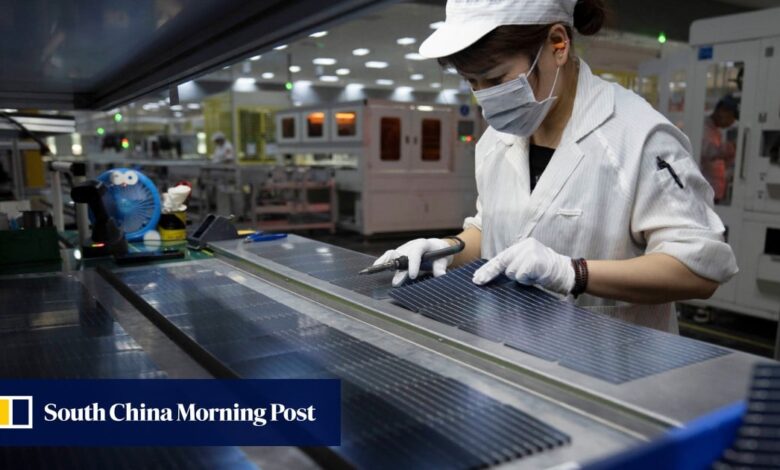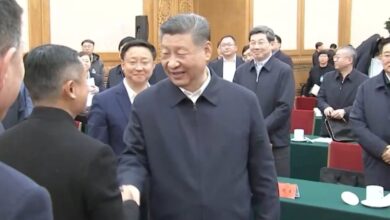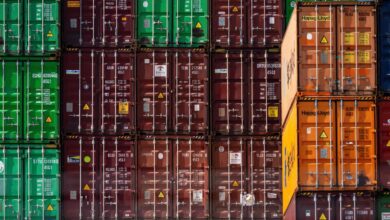China’s GCL investing US$98 million in next-generation solar technology to revive sector

The Hong Kong-listed company aims to complete by the middle of next year the first phase of a 500 megawatt (MW) plant in Kunshan, a city in eastern Jiangsu province near Shanghai, for solar modules that combine cells stacked with perovskite and crystalline silicon, said Fan Bin, chairman of GCL Perovskite.
“The value of the [nascent] perovskite technology lies in the ample room for uplifting its energy conversion efficiency,” he said. “That is why manufacturers are willing to invest in its development.” The future cost of production using the perovskite-silicon technology could be lower than the crystalline silicon technology, he added.
The Suzhou, Jiangsu-based unit will spend 500 million yuan on the equipment and 200 million yuan to fit out a factory with dust-free clean rooms. A second line of the same capacity will be added later.
Fan co-founded the entity in 2013 to commercialise the technology. GCL Tech bought more than 40 per cent of the firm in 2017, giving it a controlling stake.

GCL’s perovskite-silicon product has passed efficiency stability tests by certification provider TUV Rheinland, based on the same parameters as crystalline silicon products, he said. It could take two to three years for customers to gain confidence in the new technology, he added.
Fan said the main reason for that is because conventional crystalline technology has only slightly improved the efficiency of converting sunlight to electricity by 0.1 percentage point annually on average since 2017 to 27.3 per cent at present.
The theoretical upper limit of energy conversion efficiency of silicon solar cells is 29.4 per cent, against 43 per cent for the new perovskite-crystalline silicon technology, according to Xian-based wafers and modules maker Longi Green Energy Technology.
GCL and Longi are among over 30 firms in China, South Korea, Germany and Japan that are working on commercialising the technology, according to Charles Yeung Man-chung, the chief financial officer at GCL Technology.
Perovskite, when used as a solar material in the form of hybrid organic-inorganic lead or tin halide-based chemical compound, is much better at absorbing sunlight than crystalline silicon, but is susceptible to deterioration under extreme temperature and humidity.
GCL, which built a 100MW trial production line in 2021, has achieved 26.3 per cent efficiency for perovskite-silicon modules, higher than the 22 to 23 per cent for most commercial crystalline silicon products, Fan said.
Daiwa Capital Markets analyst Leo Lu said the biggest challenge facing early adopters of the perovskite technology is its poor stability, given its average lifespan of only about 10,000 hours currently.
“Commercialisation of perovskite-silicon tandem solar cells is not feasible within the next three years according to some mainstream solar cell companies,” he said. It remains a promising technology in the longer term, Lu said, adding that it will help the industry eliminate overcapacity as the whole supply chain will have to be rebuilt.
Jessica Jin, principal research analyst on clean technology and renewables at S&P Global Commodity Insights, said most of the perovskite materials are relatively inexpensive to produce and need low-cost manufacturing equipment for processing.
The perovskite-silicon tandem technology is unlikely to be fully developed in the next five years, she said. The industry, which is targeting 33 per cent efficiency by 2030, will take time to improve stability, durability and scalability, she added.
Source link




